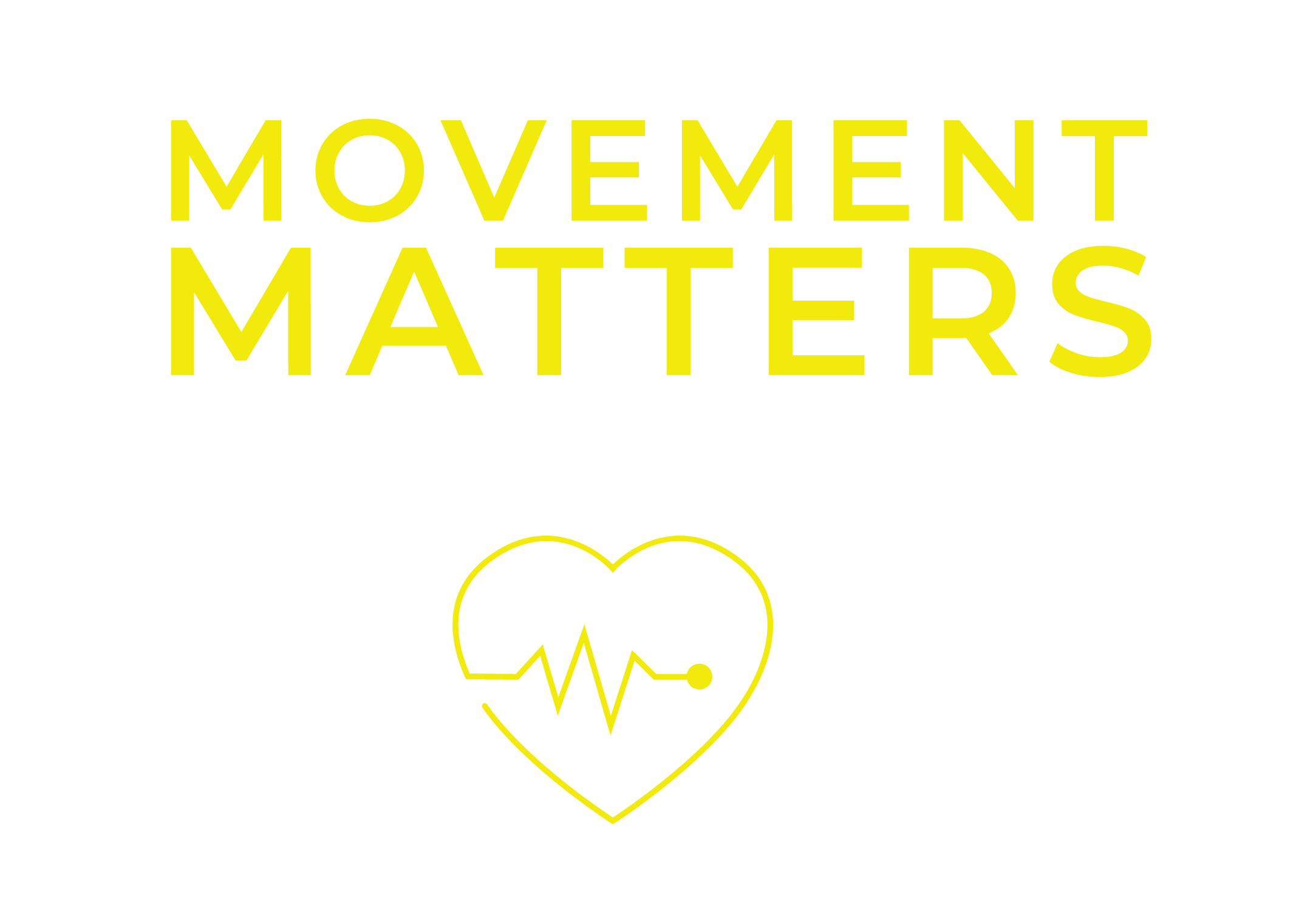Your sciatic nerves run from your lower back down your legs. People who suffer from sciatica typically describe a “shooting pain” sensation on one side of their body.
While this condition does not always require medical treatment, physical therapy can help ease your pain and lessen some of your other uncomfortable symptoms.
How can physical therapy help sciatica?
Physical therapy can act as a lifeline for those suffering from persistent or severe sciatica. Our physical therapist will teach you exercises that will help in strengthening the muscles in your lower back and surrounding the sciatic nerve.
This will help to ease pain and prevent future injuries from occurring. Your posture and range of motion will also be improved through these treatments, helping to keep sciatica symptoms at bay.
So, how do you know when you should seek treatment? Some common indicators include:
1. When your symptoms become significantly more severe.
The severity of pain you feel can change depending on how compressed your sciatic nerve becomes. The more compressed it is, the more painful it will be. Symptoms may include severe shooting pain, weakness or numbness on one side, or the inability to move your feet. If your sciatic nerve becomes compressed in the area that controls your bladder and/or bowel function, you may lose control of those functions.
If you experience any of these symptoms, it is important to consult with both your primary doctor and our physical therapist to discuss a treatment plan for easing your pain and getting you back to your normal function. Your doctor may also run a number of tests to rule out any other underlying conditions.
2. When you are experiencing symptoms following an injury.
With mild sciatica, your symptoms can build up over time, and they may even go away on their own. However, if your sciatica symptoms show up immediately, following an injury or trauma (such as a car accident, sports injury, or harsh fall), it is important to consult with your doctor and our physical therapist.
These symptoms will most likely be severe since they are the result of an intense impact surrounding the sciatic nerve, and it is important to analyze the extent of the damage. No matter what course of treatment your primary physician recommends, it is likely that he or she will also recommend physical therapy.
3. When your home remedies fail to bring you any relief.
There are some common home remedies you can try, to help ease some of your sciatica symptoms. For example, alternating with ice and heat compresses, or sleeping with a pillow between your knees can help alleviate some pain and stiffness. Sitting in a reclining chair can also help provide some relief, as it redirects the pressure from your lower back. Going for a walk or taking part in other gentle exercises can also help in getting your body moving so it doesn’t become too tight.
These are some commonly used at-home treatment methods for pain management, but they, unfortunately, do not always work. If your home treatments are having little-to-no effect in reducing your pain and restricted motion, or if your symptoms persist for more than a week without improvement, you should seek the aid of a physical therapist. If your symptoms worsen, be sure to consult with your primary physician. Physical therapy can provide you with the treatment you need to alleviate your aches and pains.
Get started today!
Are you looking to manage (or banish) your sciatica symptoms? Contact Movement Matters NY today to speak with an experienced physical therapist about how our treatment programs can alleviate your painful sciatica flare-ups.
We’ll help you get started on the path toward long-lasting relief!
Tags: back pain, Back Pain Relief, Exercise, Fitness, Injury Prevention, lower back pain relief, Pain Free, Pain Relief, Running, sciatica, Stretching





